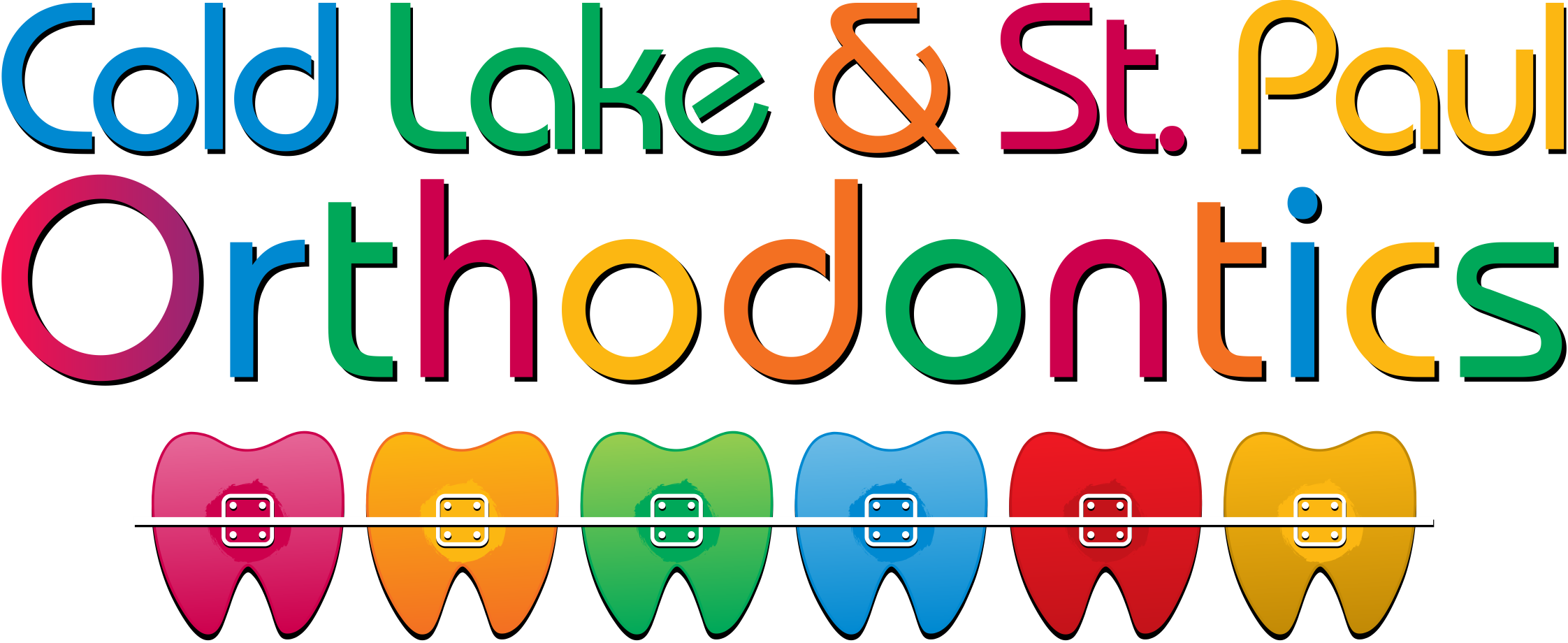Braces & Clear Aligners | Cold Lake & St. Paul
Your Unique Smile, Our Expert Care
At Cold Lake & St. Paul Orthodontics, we understand that no two smiles are the same. So we use the latest orthodontic technology to create customized treatment plans. Dr. Arora’s approach aims to give you a comfortable, successful, customized orthodontic experience.
Sleep & Breathe Better
Many of Dr. Arora’s patients come into our office seeking relief from sleep apnea and TMJ. If that’s you, here’s how we can help you at Cold Lake & St. Paul Orthodontics.
TMD Disorder
Temporomandibular joint disorder is also known as TMD. It refers to a range of conditions affecting the temporomandibular joint (TMJ). That's the hinge connecting the jaw to the skull. Symptoms of TMD can include jaw pain, difficulty chewing, clicking or locking of the jaw, and even headaches or earaches.
Bite issues include overbites, underbites, crossbites, and misaligned teeth. They can lead to improper jaw alignment and function. This misalignment can place extra pressure on the TMJ, leading to discomfort and the development of TMD symptoms.
At Cold Lake & St. Paul Orthodontics, Dr. Arora and our team understand how a well-aligned bite helps TMJ health. Orthodontic treatments such as braces or clear aligners can correct misalignments and malocclusions. That's how we help reduce the strain on the TMJ.
Sleep Apnea
To diagnose obstructive sleep apnea (OSA), Dr. Arora typically begins by recognizing symptoms. He looks for chronic snoring, daytime fatigue, or observed pauses in breathing during sleep. This comprehensive evaluation helps to confirm the presence and severity of OSA.
You may have mild to moderate OSA. Or severe OSA. If you cannot tolerate Continuous Positive Airway Pressure (CPAP) therapy, oral appliances may be an effective treatment option.
These devices are custom-fitted and work by maintaining the jaw forward, helping to keep the airway open during sleep. This can reduce the frequency and severity of apnea episodes, decrease snoring, and improve overall sleep quality.
The Klearway™ appliance, developed at UBC's Faculty of Dentistry, is one example of a device used successfully worldwide. Cold Lake & St. Paul Orthodontics is proud to use the Klearway™ appliance to help you improve your sleep.
